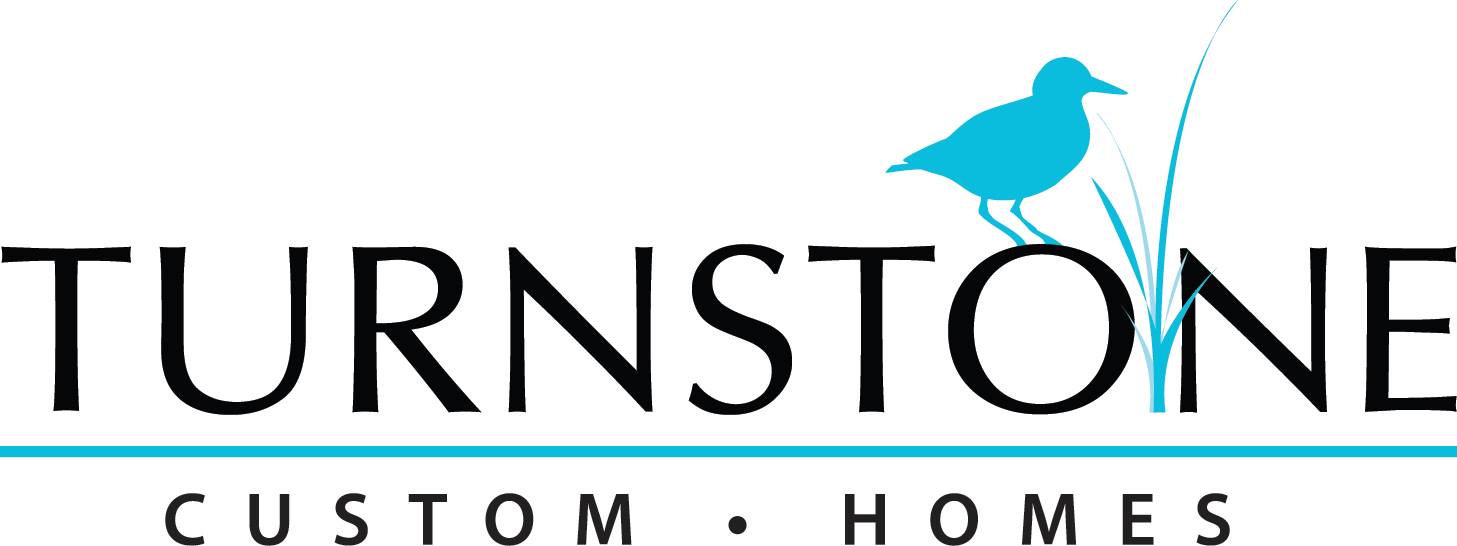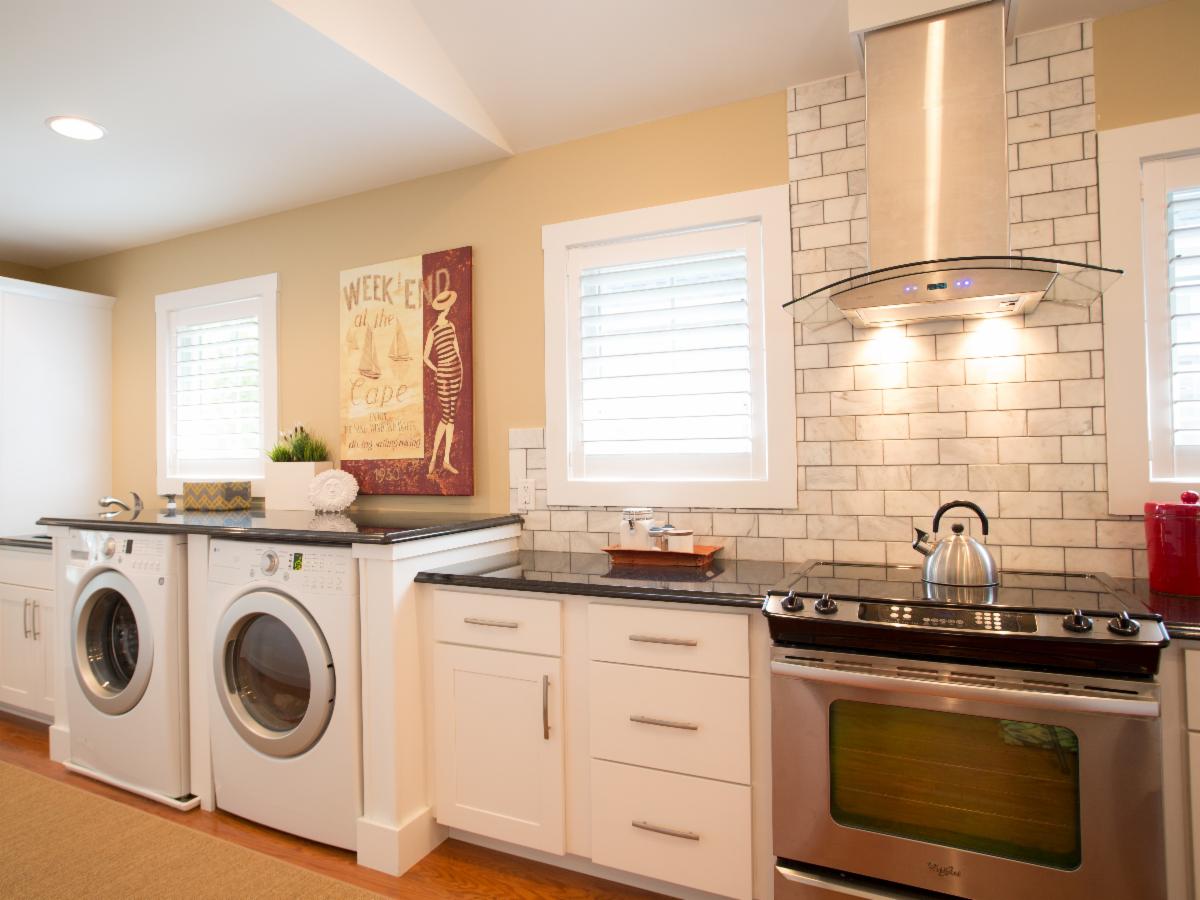Careful Planning is the Key to Your New Home Office
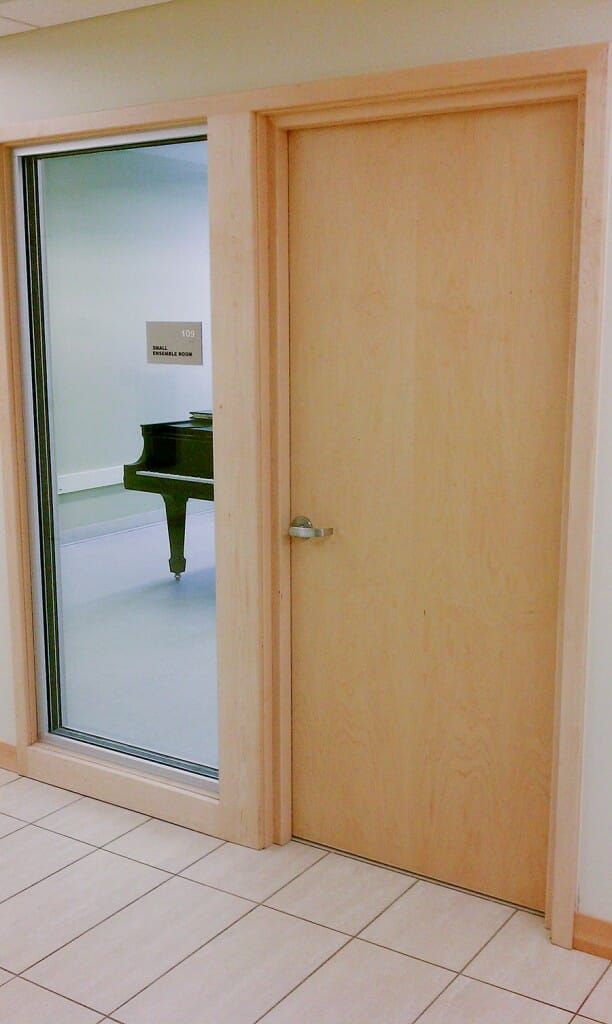
Careful planning is the key to getting a home office environment where you can be truly productive
The COVID 19 pandemic has accelerated the long-term trend toward acceptance of remote work as a viable option for businesses and their employees. After working remotely for several months many of our clients realize that they could be just as productive at home but need more than just a laptop at the dining room table to have a sustainable and productive work environment. A recent blog post by Castle Homes of Brentwood, TN contains many great suggestions for setting up a functional home office. This blog post is inspired by their article.
Research firm Global Workplace Analytics figured in 2019 that there were 4.3 million telecommuters in the US, or about 3.2% of the workforce. Now, with even more individuals and companies seeing this as a viable solution, those same researchers project that up to 30% of us will be working at home at least part time by the end of next year.
More and more prospective clients are listing the home office as a “must have” for their new custom home in Delaware. A new custom home is a chance to create an office that's functional, useful, even life-affirming—a space you will look forward to stepping into each morning, a space where you can feel like a CEO even if you aren't one.
The home office space can also perform multiple roles. Besides hosting your day job, it can offer the kids a quiet nook for doing school projects. It can even be laid out to double as a guest room.
What makes a great workspace is very personal. An interior designer can help create an aesthetic that makes you more productive, organized and efficient than would ever be possible in a corporate cubicle. But you will be more likely to gain that productivity if you work with your builder to create an infrastructure that supports it.
For instance, while most people understand the importance of natural lighting, not all light is the same. North-facing windows provide diffuse light, while light from the east, south or west will vary by time of day. There's no right or wrong when it comes to window placement, but it's a good idea to consider natural light when planning the office.
Privacy and quiet are also critical, especially if you will be spending much of your day on phone or video conferences. Using fiberglass insulation in the office walls is an inexpensive, moderately effective way to mitigate external distractions and interruptions. If you need more effective sound control, there are numerous options that are limited only by your budget. Soundproof doors are another important consideration. Some people opt for a soundproof door with a side window panel to give them noise attenuation without the feeling of being isolated from the rest of the home.
Again, your budget will be your main constraint in soundproofing. Theoretically your office can be as quiet as a professional sound studio if that makes sense for you.
Sealing off your office from the noises in your home will make adequate ventilation even more important. Bringing in fresh air and reducing carbon dioxide goes a long way toward keeping you alert. If you expect to spend long hours at your desk with the door closed, think about running dedicated supply and return ventilation ducts to the office, which is easy to do in new construction.
Obviously, you will need plenty of electrical outlet and it's best to place them to minimize exposed cords. That means planning the location of your desk as well as of items like printers, scanners, floor lamps and TVs. You will also want to decide where you want to charge devices like phones, tablets and wireless headsets. You can place electrical or USB outlets in a cabinet or drawer—some outlets are specifically made for in-drawer installation. One other suggestion – a stand up desk is the new “must have” in office furniture. We strongly suggest a motorized desk so you can easily switch from sitting to standing. A floor outlet to power the desk and peripherals will create a professional, uncluttered look and avoid the hazards of exposed extension cords.
The office will also need data connections for the TV and computer. When it comes to Wi-Fi, if the router will be in another part of the house, then running data wire to the office for a wireless access point will boost the signal. If you work with sensitive data, you should consider a hardwired ethernet connection in the office. Some people also like having stereo speakers in walls or ceilings.
It can be helpful to collaborate with an interior designer and your builder on the office floor plan to make sure it can accommodate all the features you want. For instance, if you want to hang some favorite artwork on the wall, they can help you decide where to put it before locating those outlets and built-ins. And if you plan on doing a lot of video meetings, they can help you create a backdrop that reinforces what you want people to think about you, whether it's a wall of books or a painting that makes a bold statement.
Nothing will impact your home office productivity more than a well thought out office environment. Turnstone is here to help you plan an office that will enhance your work and your life.



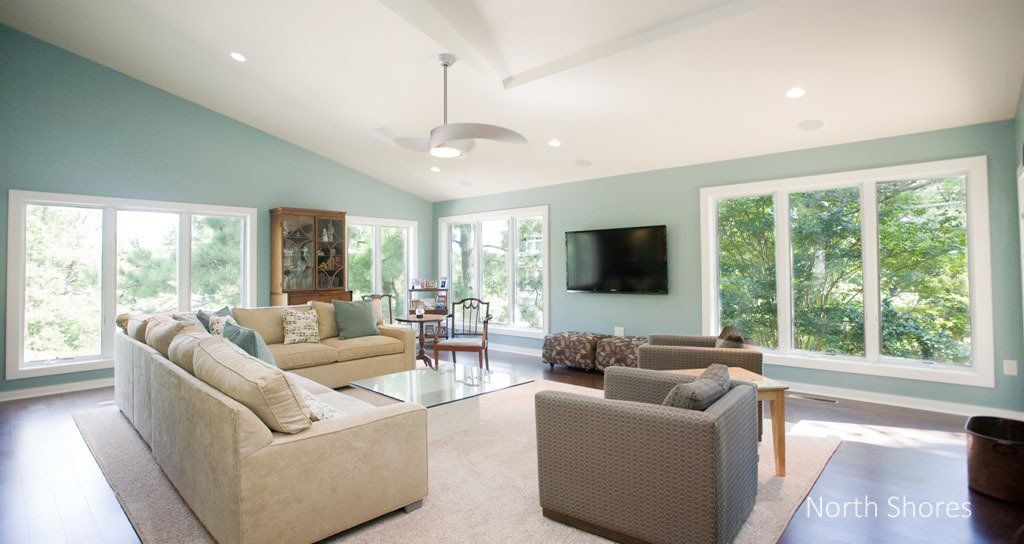
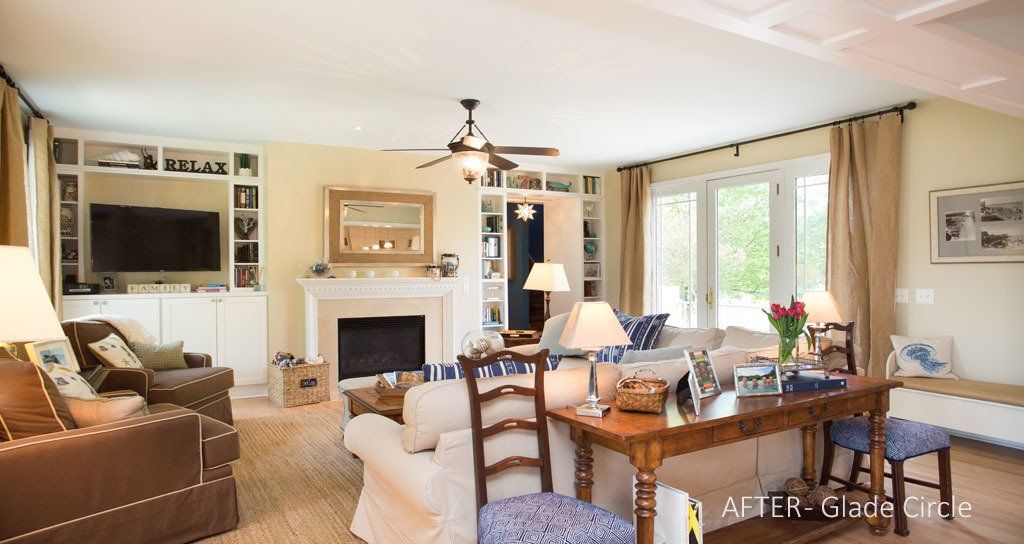
Lets Build Together
Quick Links
All Rights Reserved | Turnstone Custom Homes
